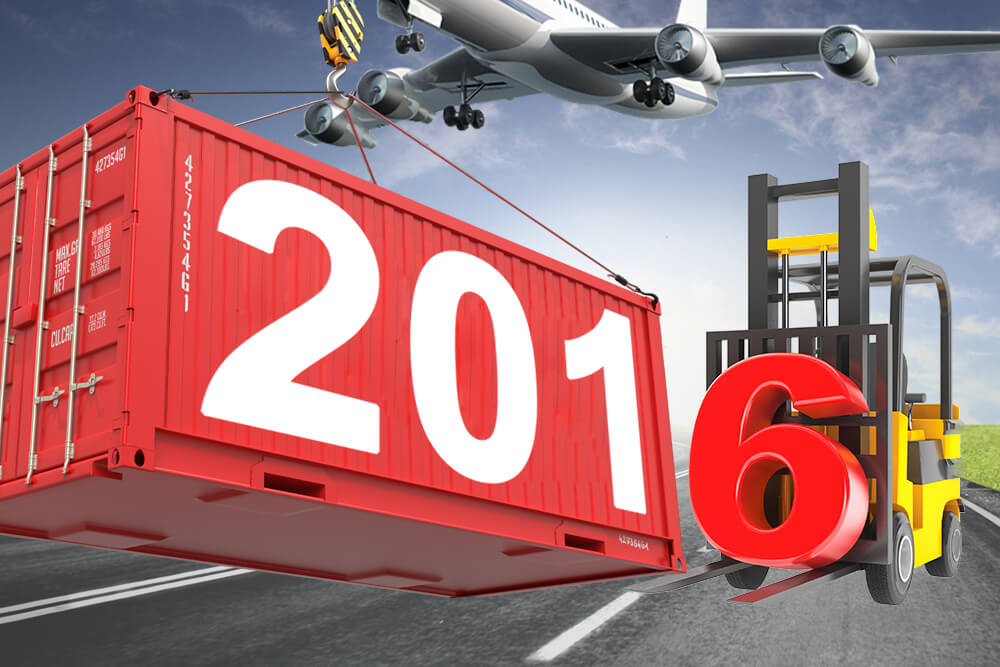In continuation to our previous article, Part I: Logistic trends in 2016, here are the other logistic trends for 2016.
Comprehension of Technological Innovation by Market Incumbent
In 2016, it is expected that the global logistics industry will always be affected by new technologies and business models however, do not expect that there will be a short-term revolution. On the contrary, autonomous vehicles, sensory technology, 3D printing and other relevant technologies will continue to have their own significance in the industry and its evolution. There are many companies that are keeping an eye on how innovations will be affecting their businesses.
More Frequent Natural Disasters
Due to the climate change, natural disasters such as weather events and earthquakes, are affecting global manufacturers and retailers. Manufacturers and retailers must take precautionary measures and make their supply chains more flexible. Many logistics companies have an increasing part to take in and back office offshoring solutions can be of help in enhancing their strategies. In order for the supply chains to have competitive advantage in 2016, they have to become more resilient and adaptive to this unpredictable year.
Effects of Refugees on European Supply Chains
Europe was struck with the refugee crisis back in 2015, which brought chaos to international borders. Many European countries have been questioning the Schengen Agreement (a treaty in which allows people to move freely across the mainland European countries) due to the large movement and arrival of migrants from the Middle East. This also leads to another question if there should be more border control to be implemented due to the security situation in Europe. Some European politicians believe that it is a national interest and that there is a necessity to re-enforce border checks, either on temporal or permanent basis. By this, supply chains across the region are greatly affected by the operational delays and inventory re-assessment of strategies.
Warehouse Automation
Many companies have largely invested in goods-to-person automation for an effective and efficient way to meet the needs of e-commerce requirement. Most of the warehouse management systems and warehouse automation and control have been experiencing a speedy growth rate by changing the fulfillment necessities of e-commerce which has resulted to the conception of these warehouse technologies. There was also the use of mobile autonomous robotics to support these processes to a limited function.
The Use of Cloud
Cloud services are helping big companies keep their supply chains intact. It helps these companies continue to operate in a large geographical basis. Most companies are already focused on globalization. The geographic spread of the businesses is inevitable. The CEO of Oracle, Mark Hurd, predicted where the supply chain market is going to be this 2016.
Freight Forwarders and Shippers Will Have to Face More Regulations
There could be bigger impact on the movement of international freight in 2016 since more regulatory compliance orders are generated. One of which is that forwarders and shippers are required to verify the gross weight of the containers before loading. This, aside from the implementation of Safety of Life at Sea by the International Maritime Organization. These are just few of the tight regulations forwarders will face this year. If proper implementation and awareness will be left out, it could be a puzzling and tough year for freight forwarders, shippers and carriers.


